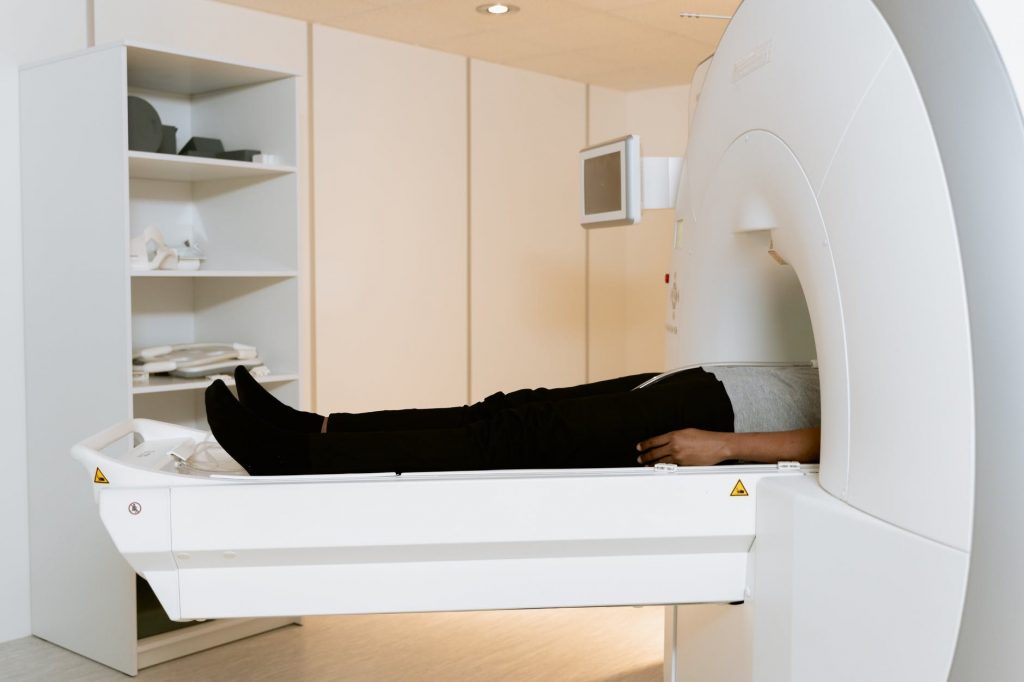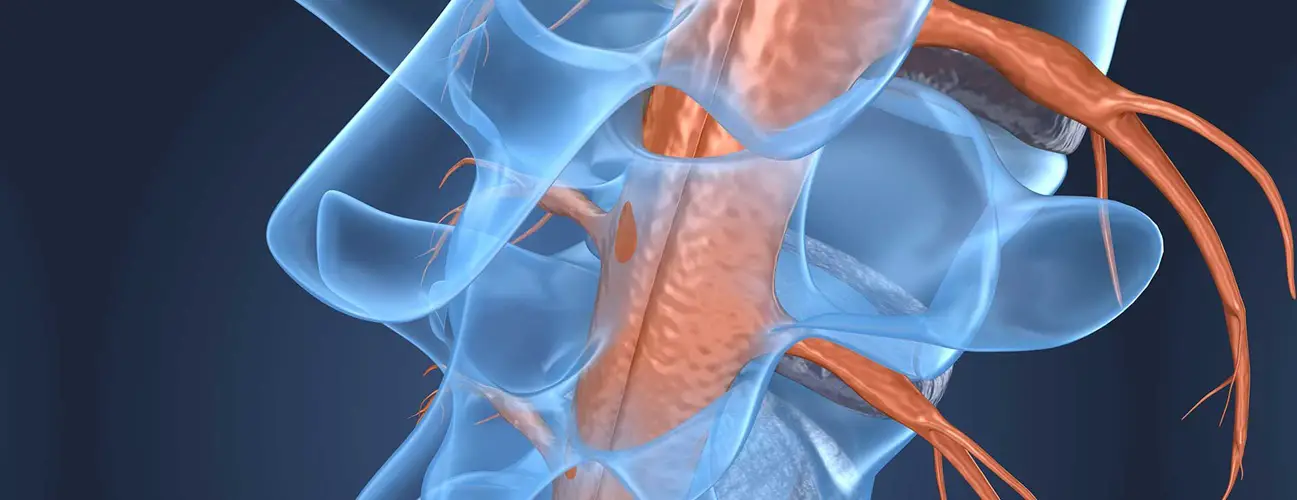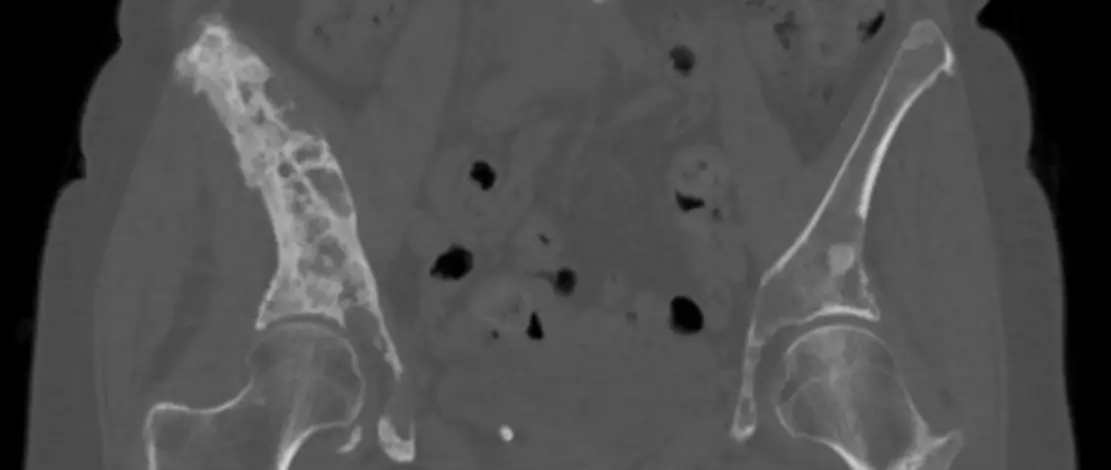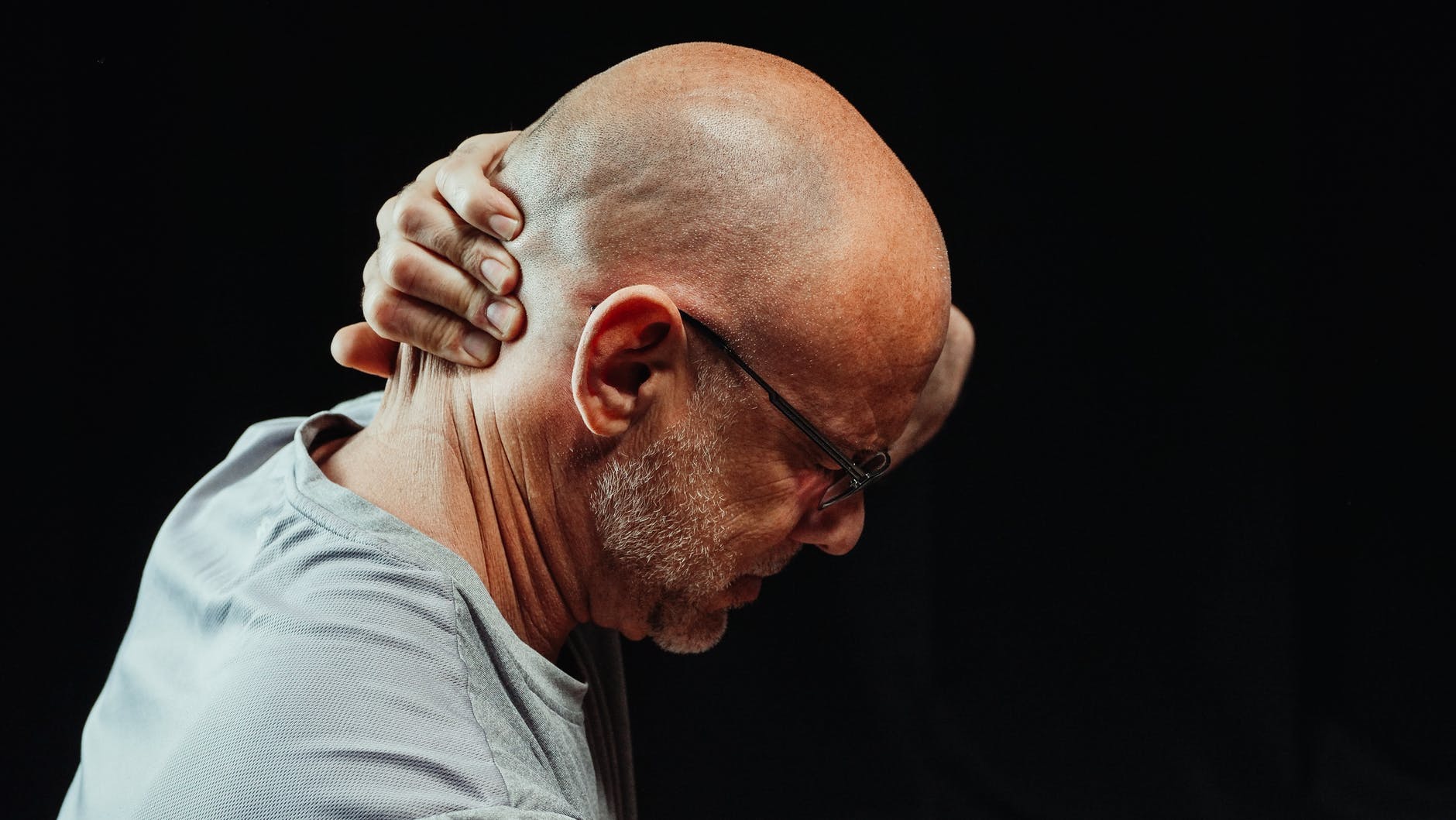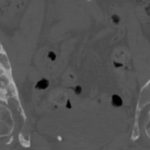Le sacral cancer is a rare disease that affects the lower part of the spine. The sacrum is a triangular bone located at the base of the spine, and cancer can develop in any of its three sections.
This type of cancer is difficult to diagnose and treat, but there are a number of options available for management and treatment. In this article, we will discuss the definition and sacral cancer treatment.
Spine anatomy
La human spine is an incredible feat of engineering. It consists of 33 vertebrae, small bones stacked on top of each other to form the spinal canal. This canal houses the spinal cord and the nerves, which are protected from injury by the surrounding vertebrae.
Most vertebrae are able to move, allowing a wide range of motion in the spine. The lowest vertebrae, the sacrum and the coccyx, are welded together and do not move.
This allows to stabilize the lower back and avoid excessive movement that could damage the spinal cord. The anatomy of the spine is truly fascinating and it is amazing how such a complex structure can function so well.
Link between sacral cancer and chordoma
There is a strong link between breast cancer sacrum and the chordoma. Chordoma is a type of cancer that affects the bones, and it is often very aggressive. The sacrum is the bone at the base of the spine, and it is particularly vulnerable to chordoma because it is made up of thin and fragile bone layers.
To know everything about chordoma, see the following article.
When the chordoma develops in the sacrum, it can quickly spread to other parts of the body, including the spine and brain. This makes it extremely difficult to treat, and many people with sacral cancer do not survive for more than a few years.
However, some patients manage their disease effectively with surgery and radiation therapy. If you have been diagnosed sacral chordoma, it is important to speak with your doctor about the treatment options available to you.
What are the causes of sacral cancer?
The sacrum is a triangular-shaped bone located at the lower end of the spine and connected to the pelvis. Sacral cancer begins in the sacrum and can spread to nearby bones, muscles, and tissues.
This type of cancer is rare, representing less than 1% of all cancers. There are several potential causes of sacral cancer, including:
- Age: the average age of diagnosis is 60 years.
- The gender: Women are more likely to develop sacral cancer than men.
- Family history : Having a family member with sacral cancer increases your risk.
- Exposure to radiation: Radiation therapy for other conditions may increase your risk.
- Some problems: Autoimmune disorders, such as lupus or rheumatoid arthritis, can increase your risk.
Although the exact cause of sacral cancer is unknown, several factors can increase your risk. If you are concerned about your risk, please speak to your doctor.
The main symptoms of sacral cancer
Sacral cancer symptoms depend on the size and location of the tumor. However, some common symptoms are:
- Back pain;
- Pain in the leg;
- Numbness or tingling in the legs;
- Weakness in the legs;
- Difficulty walking;
- Bowel or bladder problems;
If you experience any of these symptoms, please consult your doctor.
How is sacral cancer diagnosed?
Sacral cancer is difficult to diagnose because it is rare and symptoms can resemble those of other diseases. If your doctor suspects you have sacral cancer, they will likely ask:
- Primary control: The first step in managing sacral cancer is to get the tumor under control. This can be done through surgery, radiation therapy, or a combination of both. The type of treatment depends on the size and location of the tumour, as well as your general health
- X-ray: An X-ray can be used to get a general idea of the size and location of the tumor.
- Scanner: A CT scan provides more detailed images of the tumor.
- MRI: MRI uses magnets and radio waves to create pictures of the inside of your body.
- Biopsy: A biopsy is the only way to definitively diagnose sacral cancer. During this procedure, a small sample of tissue is taken from the tumor and examined under a microscope.
After your diagnosis, your doctor will develop a treatment plan based on the stage of your cancer.
What are the treatment options for sacral cancer?
The goal of sacral cancer treatment is to control the tumor and relieve symptoms. The type of treatment depends on the size and location of the tumor, as well as your general health. Some common treatment options include:
Surgical intervention
Surgery is the most common treatment for sacral cancer. The type of surgery depends on the size and location of the tumor. Sometimes part of the sacrum needs to be removed.
Radiotherapy
Radiation therapy uses high-energy beams to kill cancer cells. It can be used alone or in combination with surgery.
Chemotherapy
Chemotherapy uses drugs to kill cancer cells. It is usually given after surgery to kill any remaining cancer cells.
Symptomatic treatment
Treatment to relieve symptoms caused by cancer or side effects of treatment. This may include pain medication, physical therapy and/or psychological help.
En conclusion
Le sacral cancer is a rare but serious disease. If you experience any of these symptoms, please consult your doctor. Although sacral cancer is incurable, there are a number of treatment options.
With early diagnosis and treatment, many people with sacral cancer can lead full and active lives.
If you have any questions about sacral cancer, please speak with your doctor.

